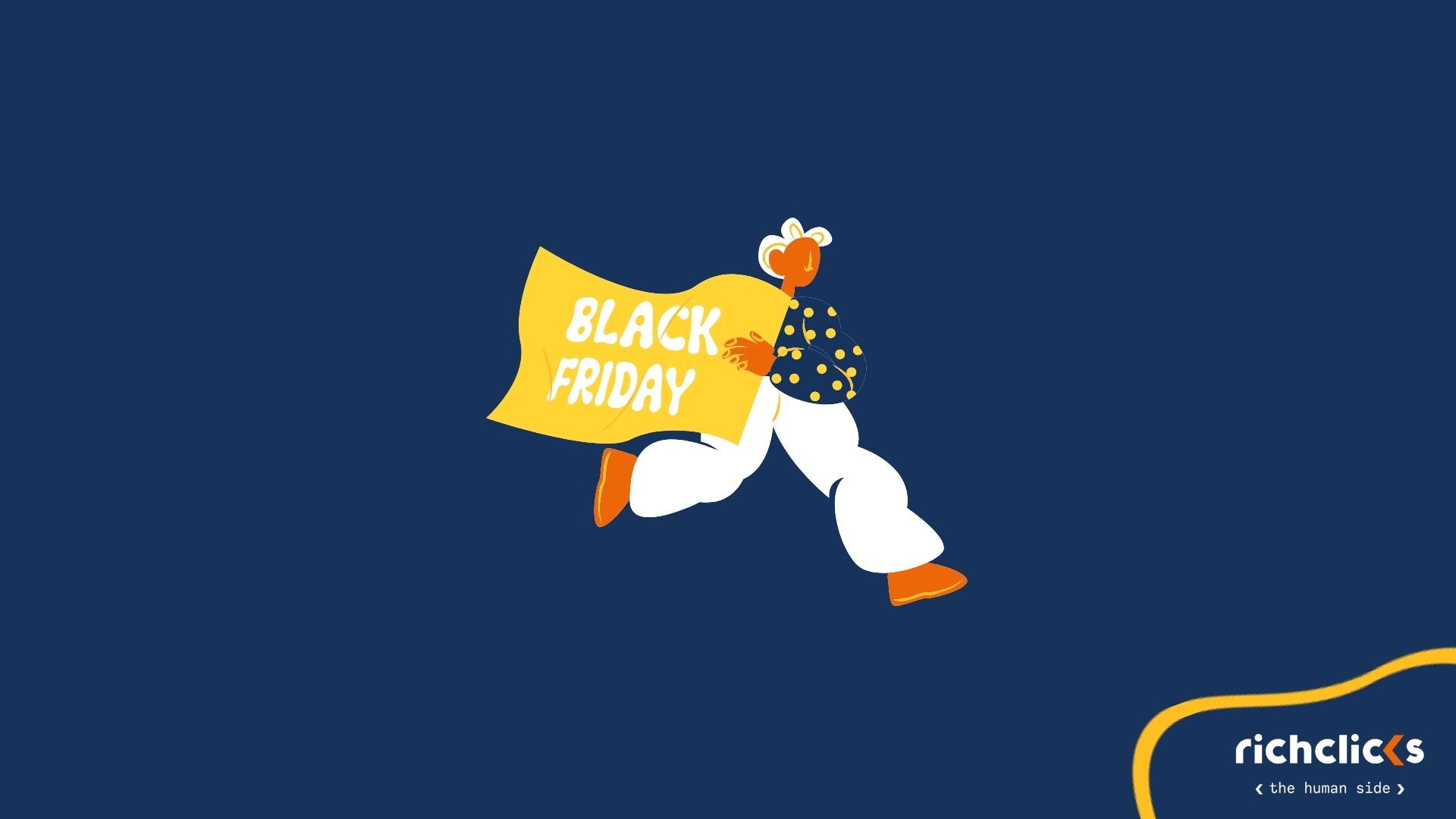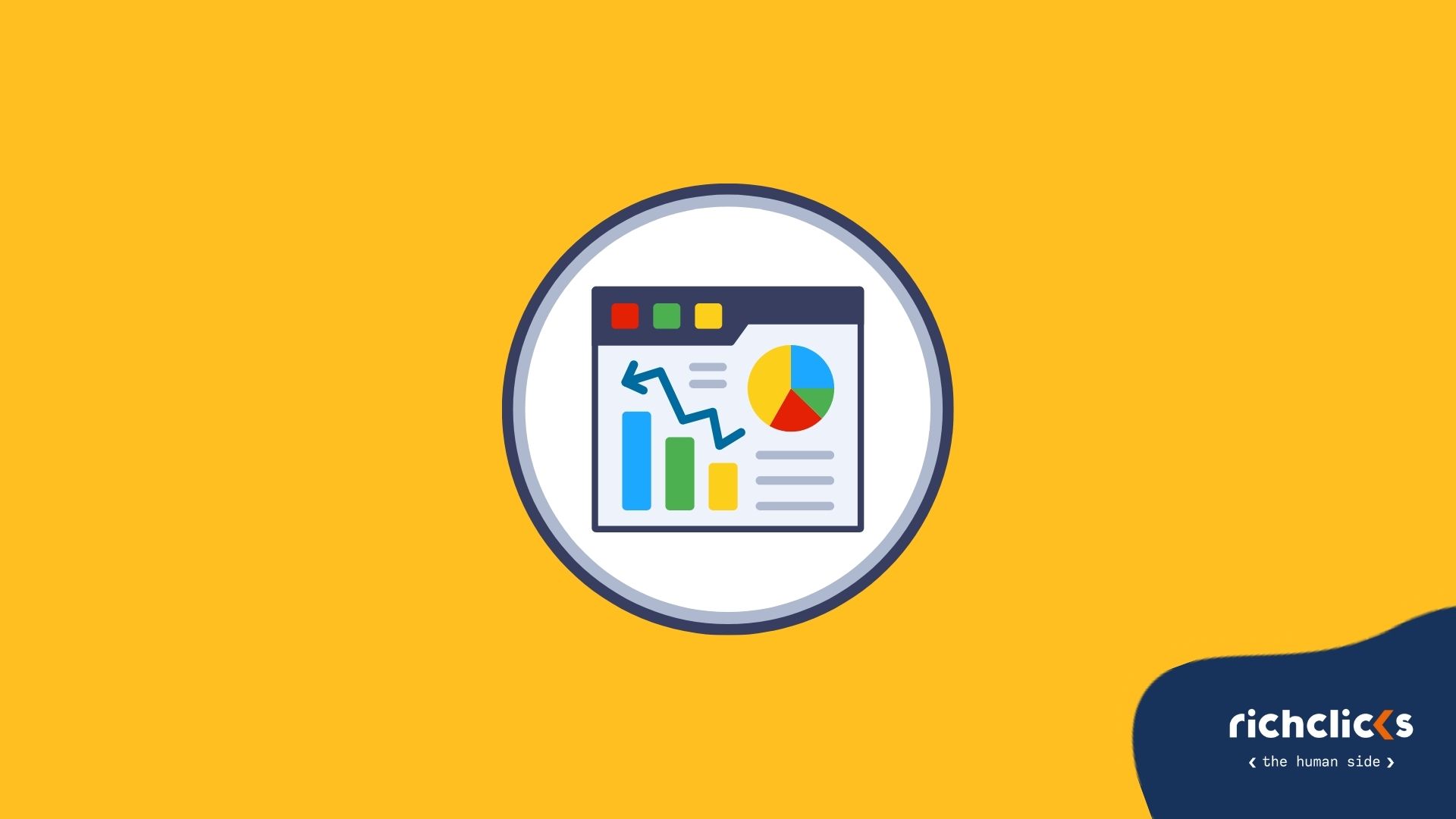Facebook campaign mistakes: what to avoid

How many times have you wondered why Facebook Ads shows such discrepant data from Google Analytics. Which data will be the right one or the real one? Facebook always shows better data than Analytics, so will Facebook/Instagram campaigns really have an impact on my marketing mix?
To answer this question we present a real case of a client of ours (who will remain anonymous for obvious privacy reasons) that clearly demonstrates how high is the "invisible" yet concrete impact of social campaigns.
How much does Facebook affect all digital channels in the immediate future?
How important are social media in an ADV strategy? Let's start with some numbers.
As the source We Are Social – (data for Italy, updated to January 2021) – can tell us, we learn that:
- As of January 2021, there are 35 million active users on social media;
- Italians active on social have increased by 4 million in 12 months;
- Given Italy's population of 60.5 million as of January 2021, there are 80.4 million active mobile numbers (133% of the population).
Just looking at how many people spend their time on social networks, it would be easy for anyone to understand how important the role played by social is in any digital strategy.
Today, however, we want to tell you how much of an immediate impact it has on all other digital channels, and we do so starting from a case study of one of our clients.
E-commerce case of a well-known fashion brand (low-friction sale)
January 26 to 29, 2021 Facebook ADS: Due to the switch from credit card payment system to the credit line, the client saw a self-imposed cap from Facebook for a few days on the daily campaign spend, triggered by the internal Facebook anti-fraud policy.
What did it imply?
Campaigns stopped delivering early and therefore had very little exposure, intercepting few users than usual.
The consequences?
If we compare January 26 to 29, 2021 with the previous days we'll notice a collapse of traffic on all digital channels, from organic social to direct, from organic to Google paid. In some cases, such as Social Organic and Direct, the drop is definitely important. The collapse has affected all channels, not only the Paid Social one, and it was an immediate effect. As well as an immediate effect has collapsed, together, transactions and revenue.

Let's humanize the concept
Imagine the user John Doe who, exposed to Facebook advertising, looks at a specific ad and does NOT click on it (remember that the post impression is not trackable by Analytics, that's why evaluating the weight of social by looking at an analytics report - last click conversion attribution model - is often misleading).
John Doe, thanks to this PULL exposure, will then have a higher probability in the same day or in the following ones to spontaneously search for the brand and get in touch with it and therefore convert.
So, many other John Does in those days (January 26-29) have been placed at less exposure of the Facebook advertising and have lowered the threshold of interest in the brand, looking for it and interacting less with it, from all channels. Ergo, less traffic also from the other digital channels, meaning less revenue.
The channel that saw the lowest traffic (after Facebook, the source of the problem) was in fact Organic Social and the Direct channel, but all saw a decrease in visits and revenue.
So what happened when the cap was removed?
A consistent increase in traffic, increase in transactions and revenue.

This shows us...
- That having less exposure advertising social effects all channels and has an immediate impact on overall traffic and consequently overall revenue. Facebook and Instagram prove to be at the top of the pyramid. The support of social on the other channels is crucial and the synergy that exists between all channels is evident.
- Beyond the tracking of direct conversions, social is a pillar for digital strategies thanks to the PULL work that they do, work that is often difficult to track with the digital tools currently available because it is often made up of post impression conversions even days later (translated: I see an ad and I don't click, but that view contributes to my conversion path).
- Because of, or rather thanks to, this huge inconvenience, we were able to tangibly demonstrate the importance of social for the brand in question. In fact, the ROAS of the social channel is not among the highest but, as we have seen in its absence, it has proven to be a crucial touchpoint in the user conversion path.
Bottom line, don’t wait to understand the importance of an advertising channel the moment you choose not to go ahead with it. 😜


















